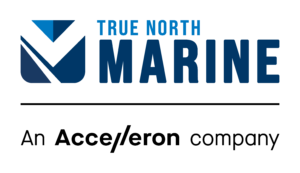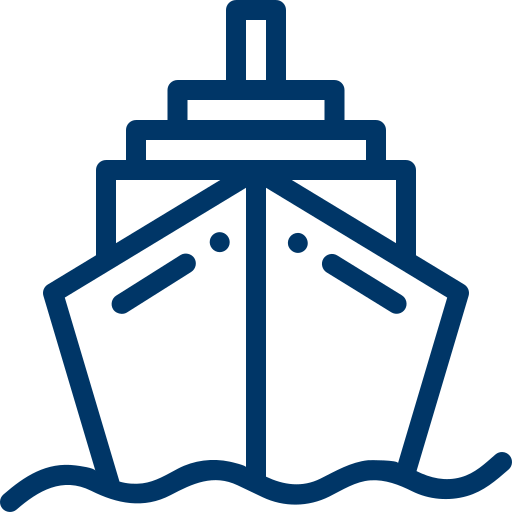As an example to highlight the differences of IWL & INL: the INL76 clause 4 excluded Bering Sea completely while INL2003 allows Bering Sea with conditions (on through voyages, vessel does not enter, navigate or remain north of 54.5N, equipped with up-to-date largest scale nav charts, some GMDSS equipment compliance). This together with eased restrictions on the Sea of Okhotsk effectively allows trans-pacific voyages to be routed on a much shorter route saving time, fuel and in many cases providing better weather conditions than south of Aleutians, reducing the overall GHG emission.
At the same time, all three conditions (IWL76,AITW72 & INL2003 are identical for the North American East Coast region which cover Greenland, St. Lawrence and Great Lakes waters.
Assured parties take into account INL when fixing ships to ports/regions which may fall outside INL. If a shipowner intends to allow the charterer to trade outside INL, members should liaise with the relevant underwriters and ensure that the charterparty takes into account the possible outcomes of trading outside INL. A non-exhaustive list of contractual issues needs to to be considered at that stage.
Additionally, members ensure that their insurance cover is in line with the trading limits as set out in the charterparty. Some shipowners may be insured under alternative trading limits (for example the American Institute Trade Warranties limits).
To “breach” INL is to navigate into or through one of the either seasonal or permanently “excluded areas” without advising the hull insurance underwriters and without paying the additional insurance premium which will void the vessel’s hull insurance cover. Among an exhaustive list, areas permanently excluded include Polar Regions, North and South, typically above latitude 50˚ or 52˚.
The hull underwriters may allow vessels to trade outside IWL depending on conditions and the time of the season. If vessels are allowed to breach the warranties, that is, to trade in the excluded areas, the underwriter will charge an additional premium for such a voyage. Unless otherwise agreed, the premium is set for a voyage in and out of the excluded area. Should the vessel stay in the area and add ports or cross trade, the cover may be void unless the underwriters have agreed to such extension. Vessels trading in an excluded area or calling at such an excluded area regularly can often elect to pay seasonal cancellation, which is a premium for the period instead of paying on a per voyage basis. The intention of charging additional premia is to be able to keep a low basic annual premium for hull cover. Only the owners electing to expose their vessels for an increases risk have to pay, otherwise such exposure has to be borne by all owners, even those that decide not to expose their ships to ice or other hazards.
Therefore the additional premium for breaching the trading warranties may be regarded as quite high but it has to cover the increase in exposure. Winters may be different in severity and some hull conditions, will have additional premia set for the Baltic depending on the current ice situation. Other conditions often have an advisory scale that is used, irrespective of actual ice conditions and owners or charterers often complain that they have to pay high additional premia when there is no or very little ice during a voyage. In severe winter, the additional premia charges may not be sufficient to cover claims made. Past experience has shown that ice damage is directly related to the severity of the winter, the ice created and the condition of the ship, including the skill of the officers.
Remember, IWL76 & AITW72 are Warranties, which if breached without underwriter’s prior permission, invite severe penalties, whereas INL2003 are Provisions, not Warranties, thus the breach will not attract same severe penalties.





